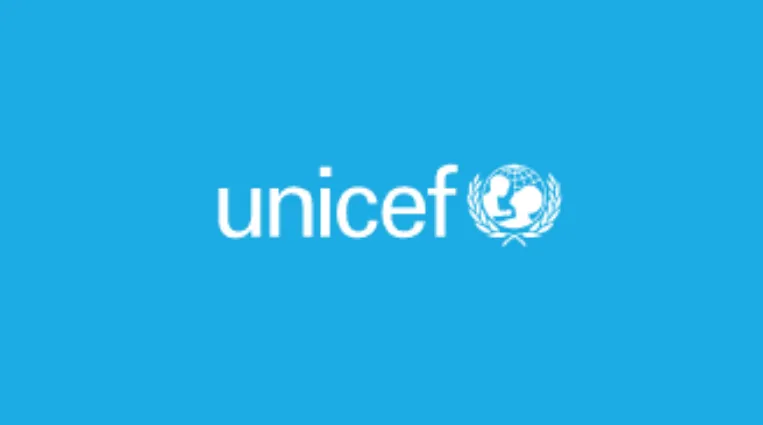UNICEF Myanmar Humanitarian Situation Report No. 3: 1 to 30 April 2022
30 April 2022

Highlights
- Escalation of conflict in the northwest and southeast regions resulted in increased numbers of internally displaced person (IDP), to 327,400 and 186,200 IDPs in these two regions respectively. The ongoing clashes and movement restrictions in the northwest are impeding access and delivery of humanitarian assistance.
- As of 25 April 2022, 578,200 people were displaced nationally since the 1 February 2021 military takeover.
- 9,084 children under the age of 7 and 1,007 pregnant women in peri-urban Yangon benefited from primary health care services through the “Bright Start: Mobile-based health microinsurance” pilot programme.
- Since the beginning of 2022, a total of 53,332 people, including 36,258 children, have accessed critical child protection services nationally through 28 partners. Services include access to mental health and psychosocial support, gender-based violence risk mitigation, prevention and response interventions as well as explosive ordnance risk education.
Funding Overview and Partnerships
The UNICEF Myanmar Country Office is appealing for US$ 151.4 million to deliver humanitarian assistance to displaced populations across the country. The Myanmar Humanitarian Needs Overview estimates that a total of 14.4 million people are in need of assistance this year. In 2022, UNICEF received generous support from the governments of Japan,
Denmark and UN OCHA Global Humanitarian Thematic funding to support Child Protection, Water Sanitation and Hygiene, Education, Health and Nutrition programme and response. These funds will contribute to delivering services to affected populations. The UNICEF Humanitarian Action for Children (HAC) currently has a funding gap of 82 per cent.
Without this funding, targeted populations especially children who need basic social services will not be able to receive assistance. UNICEF expresses its gratitude to all donors, private and public, for their contributions to supporting the children of Myanmar.
Situation Overview & Humanitarian Needs
The humanitarian situation in Myanmar continues to deteriorate with intense clashes between the Myanmar Armed Forces (MAF), Ethnic Armed Organizations (EAOs) and the People’s Defence Forces (PDFs). Intensified clashes between MAF and PDFs were reported in the northwest and southeast region where MAF used heavy artillery, airstrikes, and torched and destroyed civilian properties. As of 25 April 2022, an estimated 578,200 people were internally displaced including more than 327,400 people in the northwest and 186,200 in the southeast, accounting for almost 89 per cent of the national displacement figures since the military takeover of 1 February 20211 . Increased use of landmines and explosive ordnance in conflict-affected areas has been reported. More than 8,200 houses and public places such as churches, monasteries and schools were destroyed or burned down, mainly in Sagaing (4,416), Magway (1,751), and Chin (1,071), Kayah (819)2 .
In the northwest region, frequent displacements of IDPs have been reported, as children and their families are struggling to escape the surge of conflict affecting the area. In Sagaing, one of the most affected regions, an estimated 240,600 people are in need of humanitarian assistance. However, numerous challenges are being faced such as the security risks posed by the escalation of conflict, the increased number of checkpoints, the travel restrictions and transportation of supplies, and the limited number of humanitarian partners, all factors severely hampering the humanitarian response capacity to reach the people in need.
Announcements
28 February 2025
Asian NGO Network on National Human Rights Institutions , CSO Working Group on Independent National Human Rights Institution (Burma/Myanmar)
Open letter: Removal of the membership of the dis-accredited Myanmar National Human Rights Commission from the Southeast Asia National Human Rights Institution Forum

Progressive Voice is a participatory rights-based policy research and advocacy organization rooted in civil society, that maintains strong networks and relationships with grassroots organizations and community-based organizations throughout Myanmar. It acts as a bridge to the international community and international policymakers by amplifying voices from the ground, and advocating for a rights-based policy narrative.